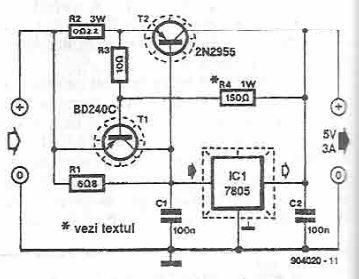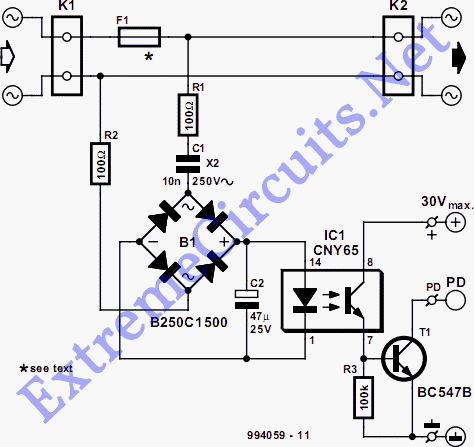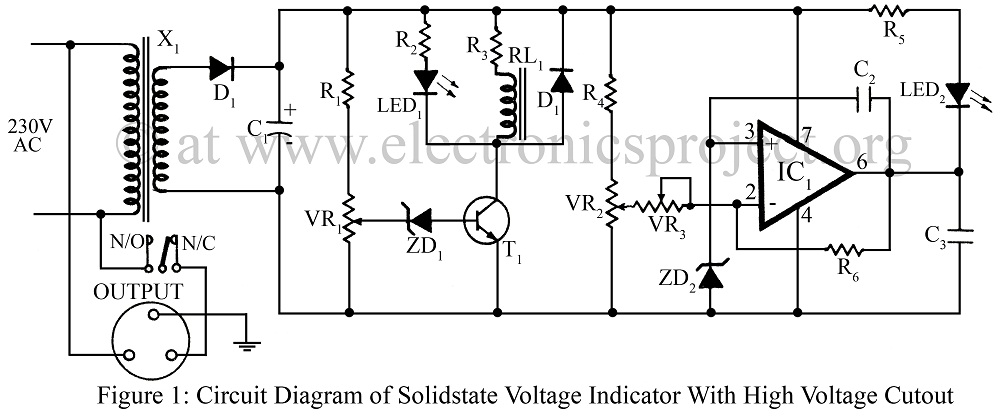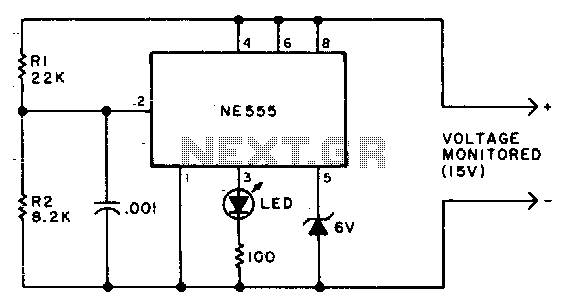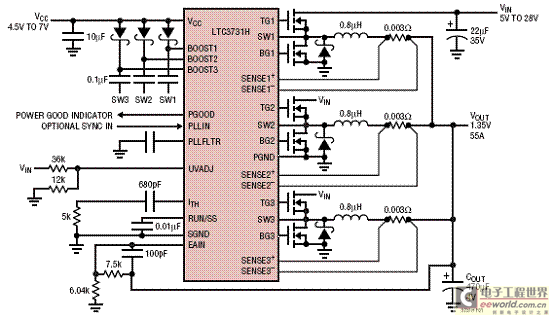
LM10 Voltage Regulator

A stable voltage source can be generated by amplifying a stable voltage reference. The LM10 component provides both the reference and the amplification.
The LM10 is a precision voltage reference and amplifier integrated circuit that is designed to produce a stable output voltage. It operates by taking an input reference voltage and amplifying it to a desired level, ensuring that variations in the input do not significantly affect the output. The device is characterized by its low temperature coefficient, which enhances its stability across varying temperatures, making it suitable for applications requiring high accuracy.
In a typical application circuit, the LM10 can be configured to provide a precise output voltage by connecting it to a stable voltage reference source. The reference voltage can be derived from a Zener diode or another precision reference IC. The LM10's gain can be adjusted through external resistors, allowing for flexibility in setting the output voltage to meet specific requirements.
The output of the LM10 is capable of driving loads while maintaining a low output impedance, which is crucial for applications where load variations may occur. Additionally, the LM10 features protection against overcurrent conditions, ensuring reliable operation in demanding environments.
Overall, the LM10 is an essential component in designing circuits that require stable and accurate voltage sources, making it a valuable tool for engineers in various electronic applications.As long as we have a stable voltage reference, a stable voltage source can be produced by amplifying the reference. LM10 provide both the reference and the.. 🔗 External reference
The LM10 is a precision voltage reference and amplifier integrated circuit that is designed to produce a stable output voltage. It operates by taking an input reference voltage and amplifying it to a desired level, ensuring that variations in the input do not significantly affect the output. The device is characterized by its low temperature coefficient, which enhances its stability across varying temperatures, making it suitable for applications requiring high accuracy.
In a typical application circuit, the LM10 can be configured to provide a precise output voltage by connecting it to a stable voltage reference source. The reference voltage can be derived from a Zener diode or another precision reference IC. The LM10's gain can be adjusted through external resistors, allowing for flexibility in setting the output voltage to meet specific requirements.
The output of the LM10 is capable of driving loads while maintaining a low output impedance, which is crucial for applications where load variations may occur. Additionally, the LM10 features protection against overcurrent conditions, ensuring reliable operation in demanding environments.
Overall, the LM10 is an essential component in designing circuits that require stable and accurate voltage sources, making it a valuable tool for engineers in various electronic applications.As long as we have a stable voltage reference, a stable voltage source can be produced by amplifying the reference. LM10 provide both the reference and the.. 🔗 External reference

